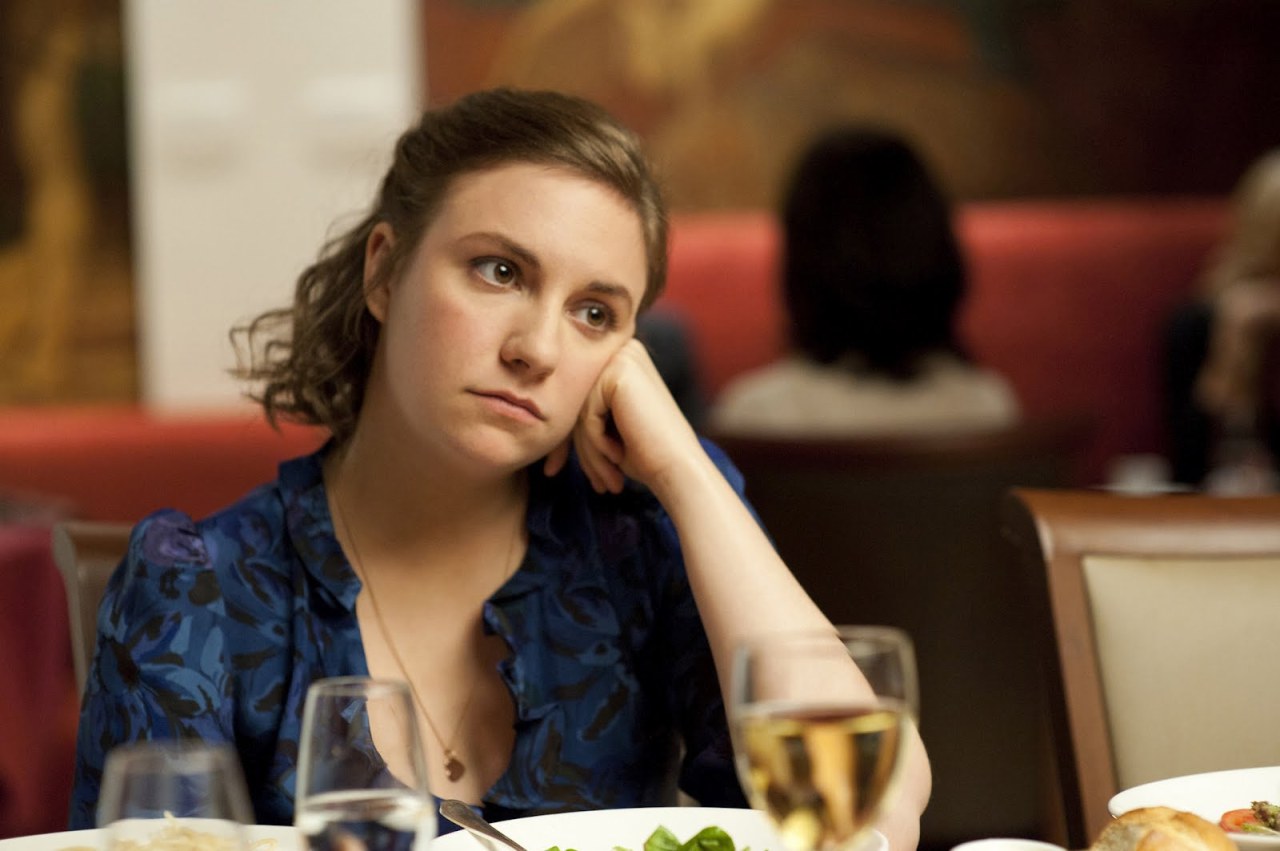Are Women Taking Over The Screen?
The female experience is so nuanced, difficult, sensuous, fluctuating, emotional, tender, strong and vulnerable all at once.
By ![]() Viva Bianca
Viva Bianca

A common conversation amongst actresses has always been about how few great female roles there are compared to great male roles in theatre, film and TV. I’ve seen many an actress become wildly demonstrative when talking about the opportunity to audition for a “strong female leading role with multi-dimensions”, as if she’d just won the lottery. But more often than not, an actress would accept her fate and play either the pretty damsel, the best friend, the bitch or the mother. How things have changed. With the emergence of tour de force’s such as Lena Dunham, Kristen Wiig, Brit Marling and Tina Fey, the landscape of storytelling in Hollywood is taking a new form.

Everything happens for a reason, and the reason female roles have been historically limiting (or in some cases nonexistent) is because they used to be played by men. That is, back in the time of Greek Theatre and then Shakespeare, women didn’t work, let alone act in plays, so the roles were taken on by prepubescent boys with pip-squeak voices. I gather they figured that instead of breaking the illusion, it would be better to simply hear as little as possible of those pip-squeak boys with socks for boobs, so the writers decidedly kept their dialogue and story-lines down to the bare minimum.
The other reason I think lesser roles have been written for women (and this reason has pertained to the industry in more recent history and still exists in a large capacity today) is that the stories were written and generated by men. It makes sense that men would write about their own perspective and experience of life. And even if the male writer is intrigued by or wishes wholeheartedly and genuinely to give voice to women, it is rare that they are able to truly master doing so.

The female experience is so nuanced, difficult, sensuous, fluctuating, emotional, tender, strong and vulnerable all at once. (Not to discredit the male experience, but as a female writer I will stick to what I know.) To truly get into the guts of this is an exercise of experiential reflection, honesty and empathy – for the writer. And imagination. Tennessee Williams is one of the great playwrights who was able to do this. Williams explores the female experience in most of his plays and in doing so, in mastering the many multi dimensions of WOMAN, he demonstrates his very fascination with the overwhelming conundrum that is woman. Shakespeare also wrote many strong yet vulnerable female characters. In fact, at a time well before the word feminism was conceived and when women had virtually no rights, Shakespeare envisioned the power hungry, conspiring and yet ultimately frail Lady Macbeth; he swam in the heart of a teenage, love-sick girl and gave us Juliet; and he was able to understand how a woman may be so limited by her sex in society that she would be driven to dress as a man – he wrote Rosalind.
In cinema, Woody Allen is a good example of a guy who likes to give women the loudspeaker and hear them roar. Most recently, the many hundreds of dimensions of Jasmine (played superbly by Cate Blanchett) in Blue Jasmine was a testament to that.

I acknowledge also that in television, traditionally male archetypal roles, such as detectives, have now opened up to women. Claire Danes’ role, Carrie Mathison, in Homeland, is a perfect example. The great thing here though is that the role is not at all archetypal, nor is it male in quality. Carrie Mathison is a profoundly complex, flawed and real woman.
But in truth, there are many more female characters generated by male storytellers that are opaque, lame or simplistic. Ancient female archetypes have continued to prevail and the actresses’ outward appearance is often more important than the character itself. It would becoming exhausting to even attempt to list them all.
THANK GOODNESS the rules are being broken. The tides are finally shifting and more female generated stories are being heard (and seen). Sofia Coppola and Kathryn Bigelow are two glorious female film-makers whose stories are getting financed, made, distributed and celebrated. Even more exciting is the emergence of those female tour de force’s who write, produce, direct AND play leading ladies in their own creations. It goes without saying that the result is: really shit-hot, honest and often funny female characters.
I think the whole world skipped a beat when Lena Dunham bravely and joyfully shed her robes (literally) and cast herself as the very complex, funny and endearing Hannah in Girls. Dunham has not only redefined what it is to be a leading lady, but writes honestly and unapologetically about what it really feels like to be a girl. Hallelujah! Kristen Wiig also redefined the leading lady blueprint with Annie Walker in Bridesmaids: the 40-something, single, unemployed low-life (who doesn’t have botox!!!) Brit Marling’s evocative, intelligent, damaged and yet alluring female characters (Another Earth, Sound of My Voice) have also resonated. And Tina Fey is, well, Tina Fey: kickin’ goals!
I look forward to these female generated stories and characters becoming the norm and not the exception. An exciting time to be in Hollywood indeed. ![]()

